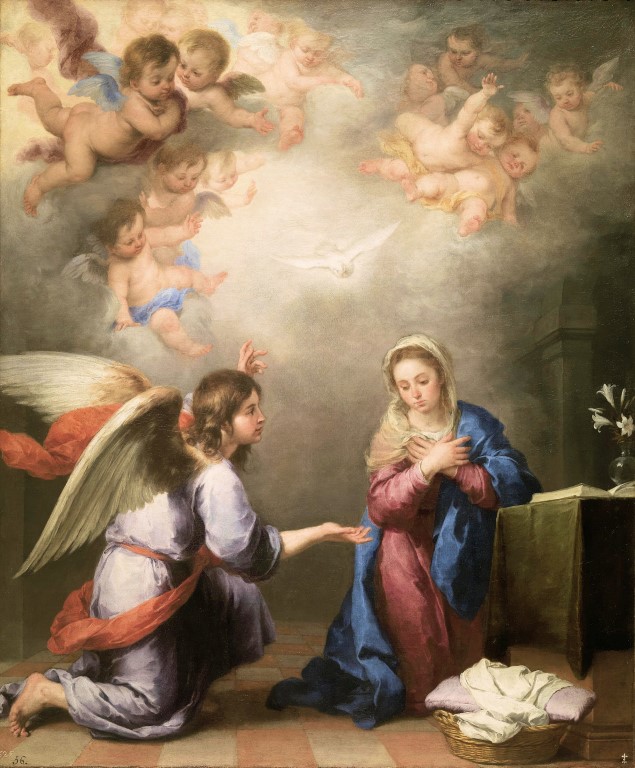Medieval Squints and Adoring Jesus in the Blessed Sacrament
The term “ocular communion” is a new one to me, but I can see what is meant by it, and I liked Fr Z’s treatment on his blog yesterday, to which I refer you if you are puzzled by it. ASK FATHER: Ocular Communion. His post concludes with the excellent point,
"While sacramental, physical Communion is wonderful for those who are in the state of grace, there is a great deal to be said for looking with longing on the Host, at the elevation or exposed. It could be part of a process of a return to the state of grace or else of far better sacramental Communions."The practice of elevating the Sacred Host after the consecration developed in response to the development of the doctrine of the real presence. Although this is usually dealt with in sacramental theology, it can be forgotten in the rush to deprecate medieval devotion, that the development of doctrine came about because of theological errors that needed to be corrected. Chief among these was the error of Berengarius who maintained that Christ’s presence in the Eucharist was spiritual and not substantial. Hence the need to develop the terminology to explain that the Eucharist is both a symbol and a reality (res et sacramentum) and in due course with masterful precision, St Thomas Aquinas explained for future generations the theology of transubstantiation.
In practice, the devotion of the people of God also developed. In their love for Jesus Christ, people wanted to see the host at the consecration to adore Jesus Christ truly present. The architecture of the Church sometimes militated against this and so adjustments were duly made. Eamon Duffy has historical material about this in his book “The Stripping of the Altars” together with illustrations.
Many medieval English Churches still have evidence of “squints” which were designed to help people to see the elevation. These developed fairly early in the form of holes in the wall so that people with leprosy could see into the Church while remaining outside. I commented on this when I wrote a post about the oldest Church still in use in England, St Martin’s at Canterbury, The Church used by Queen Bertha and Saint Augustine. The squint is in the Western wall which is not the most ancient part of the Church. As I commented in my post, it was a medieval effort at providing disabled access.
 |
| Church of St Martin, Canterbury |
Later, squints were built into the walls of side chapels or other architectural features so as to provide a view of the sanctuary. There are also rood screens with holed drilled in them for people to peek through to see the elevation especially.
The exposition of the Blessed Sacrament naturally developed out of this enthusiasm on the part of the people to gaze upon and adore the host which is Jesus Christ truly present. What should happen is that this is accompanied with the ceremonies that are required in the Church's ritual, including the use of incense, the cope and humeral veil for Benediction, and hymns related to the Blessed Sacrament. Benediction of the Blessed Sacrament as we know it, and as it has an honourable history in England, is perhaps the most moving devotional service that we have outside of the Holy Mass itself.
It seems to me that if the proper ceremonies are lacking, it would be better to focus people’s attention on adoring Jesus Christ present in the tabernacle rather than leaving the monstance on the altar and later replacing it without the required ceremonies. The terminology seems to have slipped in, of referring to “adoration” rather than exposition and Benediction. We should remember that we can adore Jesus present in the tabernacle. If that were more to the forefront of people’s minds, Our Lord, present in the tabernacle, would not be ignored in Churches so much.


